||| FROM PATTY RUBSTELLO for WASHINGTON STATE FERRIES |||
NTSB and FHWA officials tour Seattle/Bainbridge route, Colman Dock construction
We hosted members of the National Transportation Safety Board and the Federal Highway Administration on two separate tours this week. Both groups visited our Colman Dock project site before taking a ride on our Seattle/Bainbridge route. It’s always great to share what we do with transportation professionals from across the country!

With WSDOT Deputy Secretary Amy Scarton (left), Director of NTSB Office of Marine Safety Capt. Morgan Turrell (right) and Board Member Thomas Chapman (left center) in front of the Colman Dock entry building in construction on Tuesday.

Eagle Harbor Maintenance Facility General Manager R.J. Kelly (left center), Director of Vessel Maintenance and Engineering Eric Visser (right) and I pose for a photo at the Bainbridge Island facility yesterday with FHWA officials.
Service restoration update
Although our service reliability was lower over the past two weeks, than previous weeks, our latest biweekly Service Restoration Plan (PDF 794KB) Progress Report (PDF 609KB) shows we’re still maintaining our service reliability threshold of 95% or more on our three restored routes. Because of the hard work of our dispatch team, making numerous phone calls to fill dozens of relief requests daily, even our next run up for restoration, Edmonds/Kingston, was close at 94%. Unfortunately, we still do not have the crew availability to reliably restore full service on that route.

A class of new oiler hires completed orientation and training this week. Here they are demonstrating the use of thermal protective aids at our warehouse.
Electrifying our fleet with Seattle City Light partnership
We signed a partnership agreement with Seattle City Light this week as part of our electrification efforts. We’re tapping into SCL’s ingenuity and clean energy to help transition to a hybrid-electric ferry system that will reduce greenhouse gases and improve local air quality!

Signing the memorandum of understanding with Seattle City Light Energy Innovation and Resources Officer Emeka Anyanwu.
Riders 18 years old and under board for free starting Saturday, Oct. 1
Starting Saturday, Oct. 1, youth will board for free as a result of this year’s Move Ahead Washington transportation package. The law requires us to provide free fares for passengers 18 and under across the state. The legislation applies only to youth riding as a passenger in a vehicle and those walking onto a state ferry. It does not include teenagers behind the wheel of a motor vehicle. Drivers under 19 years old will continue to pay the adult vehicle and driver fare.
Because of this change, youth tickets are no longer available at self-serve kiosks and online. However, youth walking onto a ferry will still need a ticket or a valid ORCA card to board at terminals where one is currently needed. Terminal employees at the ticket booth can issue the free-fare youth tickets, which will be valid for two hours.
Fare changes begin Saturday, Oct. 1
You may notice some other changes in our fares in the new month. On Saturday, Oct. 1, the Washington State Transportation Commission’s rate changes go into effect. It’s also the first day with no peak season surcharge for vehicles, which will resume May 1, 2023. Use our online calendar to calculate your fares for the days you’ll be traveling.
Ferry Riders Opinion Group survey
The Washington State Transportation Commission is seeking feedback about Washington State Ferries. Casual, recreational and regular riders, as well as those who are interested in ferry issues and management are welcome to join the Ferry Riders Opinion Group to share their thoughts about all things ferries. Even if you do not wish you sign up for the FROG, you can still participate in the Summer Performance Survey. Thanks for your participation and input!

“[…] I’m in love with the person working today at the Bainbridge ferry terminal toll booth. They got us right on the boat and were so sweet to me and my doggie. I know things are really difficult right now so that was a very lovely surprise. Thank you!” -Seattle/Bainbridge customer
**If you are reading theOrcasonian for free, thank your fellow islanders. If you would like to support theOrcasonian CLICK HERE to set your modestly-priced, voluntary subscription. Otherwise, no worries; we’re happy to share with you.**

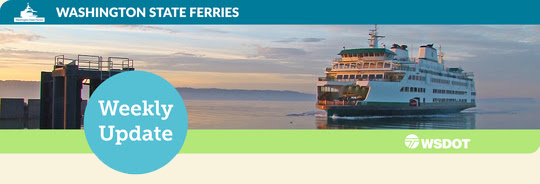


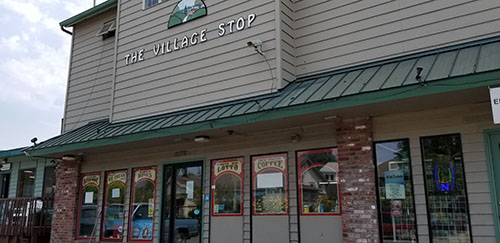
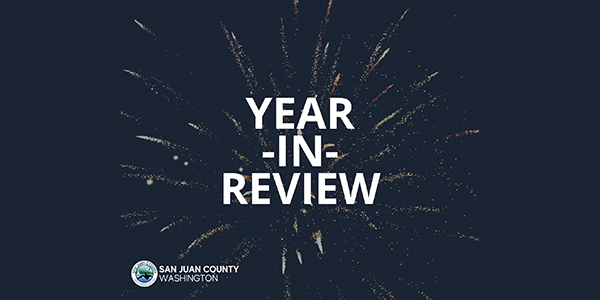
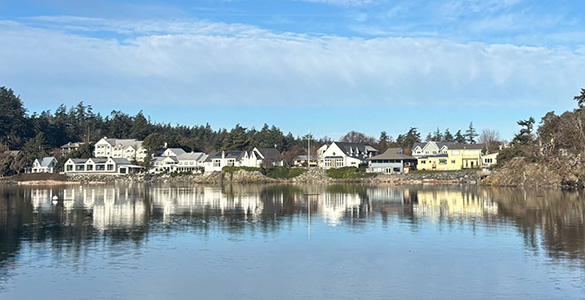
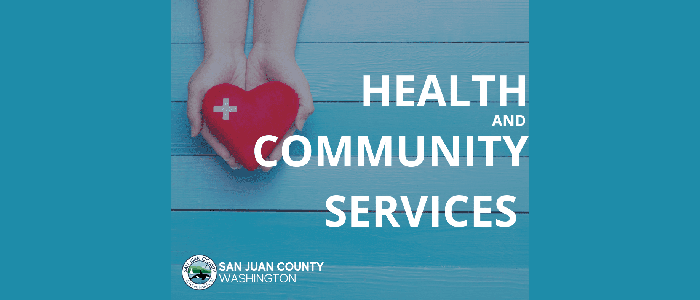

MS. RUBSTELLO: IS IT YOUR GOAL TO IGNORE THE FERRY FIASCO? OUR SJ FERRIES ARE 2 – 21/2 LATE TONGHT, AND YET I SEE NOTHING IN YOUR RECENT POSTS THAT INDICATE YOUR RECOGNITION OF THESE ISSUES. WHAT DOES YOUR AGENCY PLAN TO DO TO RESOLVE THIS RIDICULOUS SITUATION?
What a perfectly wonderful report on reliability by the ferry director! : “…we’re still maintaining our service reliability threshold of 95% or more on our three restored routes.” That includes the San Juan routes.
BUT ….
WSF does NOT count any cancelled ferries in reliability figures. If a ferry is cancelled because off lack of crew, all of those cancelled sailings are eliminated from their reliability data per a WSF inquiry on how they are distorting performance reports to the public. They are likely doing the same on performance reports the Washington State Transportation Commission, and the State Legislature
WSF does not consider on time performance in their reliability figure. If a ferry (like last night) is running 90 minutes late, doesn’t matter .. .all is has to do is finish the route and it’s considered as a plus in reliability.
WSF ferry director should add a reliability number on scheduled sailings departing on time (note: within 10 minutes of published sailing time is considered on time in their world, which is OK). THat’s the performance figure that should mater to the public. Actual reliability is likely to be below 50% for the San Juan routes.
And as I scribe this … #3 vessel (Samish) cancelled … shortage of crew. # 2 vessel (Yakima) cancelled … shortage of crew. (Saturday, 1 October .. ferry annual .fare increase day).
Ferry service has been bad, but it continues to degrade .. .and that’s with the ferry system having 1,050 crew staffing .. .92.7% of their fully staffing of 1,133 crew members, and they are only operating 84% of the their normal schedule (not counting the Anacortes-Sidney route).
I’m certain WSF is getting nothing like 95% reliability on the SJI routes! Why don’t they mention that?
I wonder how they will cherry pick and spin their way around today’s less than 50% service debacle. I would be interested to see the “ data and math “ associated with warping reality to fit 95%.
What ferry does the governor ride most?
What can be done by whom to force WSF to publish truthful, realistic metrics that accurately show the extremely poor performance of the San Juan Islands ferry routes? These metrics should include:
CANCELLED SAILINGS METRICS
1) the sailings canceled, both numerically and as a percentage of the sailings scheduled, broken down by day of the week, in total for each month, and cumulatively for the year.
2) for the sailings canceled, the metrics should also include both numerically and as a percentage, the reason for cancellation, by a) out of service due to lack of qualified crew, b) out of service due to required vessel maintenance, and c) other. If the percentage of any ‘other’ reaches 10% or more of all cancellations, it should be tracked as a separate individual metric.
NOT CANCELLED SAILINGS ON TIME METRICS
3) for the sailings not canceled, the metrics should show, both numerically and as a percentage, the not on time vs the on time sailings, for the same time periods as in item 1). The metrics should use the within 10 minute of schedule for on time determination, and show both departure and arrival metrics.
TOTAL SAILINGS ON TIME METRICS
4) then, summary metrics should show similar data as in 3) above, including the cancelled sailings in the not on time calculations.
PERFORMANCE METRICS SUMMARY
The above 4 sets of realistic metrics should help WSF set parameters to better manage their own performance and report on their performance to both the public and the legislature.
The current WSF reported metrics are not at all a truthful measure of their performance, but are designed to only shine the best light possible on dismal actual performance.